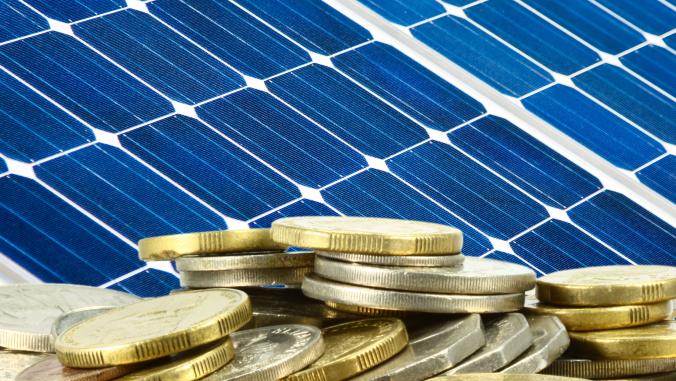Government Policies Can Shift Southern US from Coal to Renewables
<p>A report from the Southeast Energy Efficiency Alliance suggests that, led by wind and biopower, a diversity of renewable energy technologies could help replace the region's reliance on coal as a power source.</p>

It is widely agreed that strategies addressing climate change through the adoption of renewable energy technologies cannot succeed without the active participation of governments and regulators. While it has been estimated that 80 percent of investment in renewable energy technologies will come from private sources, it is unlikely that such large-scale commitments on the part of private investors will occur without strong signals of support from policymakers.
One region where lack of policy support has resulted in minimal uptake of renewables is the Southern US, where only four of 16 states, plus the District of Columbia, have statewide renewable electricity standards (RESs). According to the authors of a new report entitled Renewable Energy in the South [PDF], published by the Southeast Energy Efficiency Alliance (SEEA), "Opponents of renewable energy production claim that the South lacks the renewable energy resources to capitalize on the growing demand for clean energy."
The report, however, concludes otherwise. In a region where "coal dominates electricity generation…and renewables only provide 3.7 percent of its electricity generation," the adoption of a federal RES could lead to significant increases in the use of renewables. If an RES is combined with a price on carbon, the report found, as much as 30 percent of the region's energy could come from renewable sources.
The largest sources of renewable energy currently in use in the Southern US are hydropower and wind. Alabama, Tennessee, and Arkansas are major users of hydropower, which makes up two percent of the energy in the region. Wind power is consumed most heavily in Texas and Oklahoma, and comprises about one percent of the region's energy use.
According to the report, wind and biopower have the greatest potential for utility-scale uptake in the South, while wind and distributed solar are most likely to be adopted as customer-owned renewables. In a scenario that includes a price on carbon, as much as 553 million tons CO2e of emissions could be avoided by 2030.
Photo CC-licensed by Chuck Coker.





